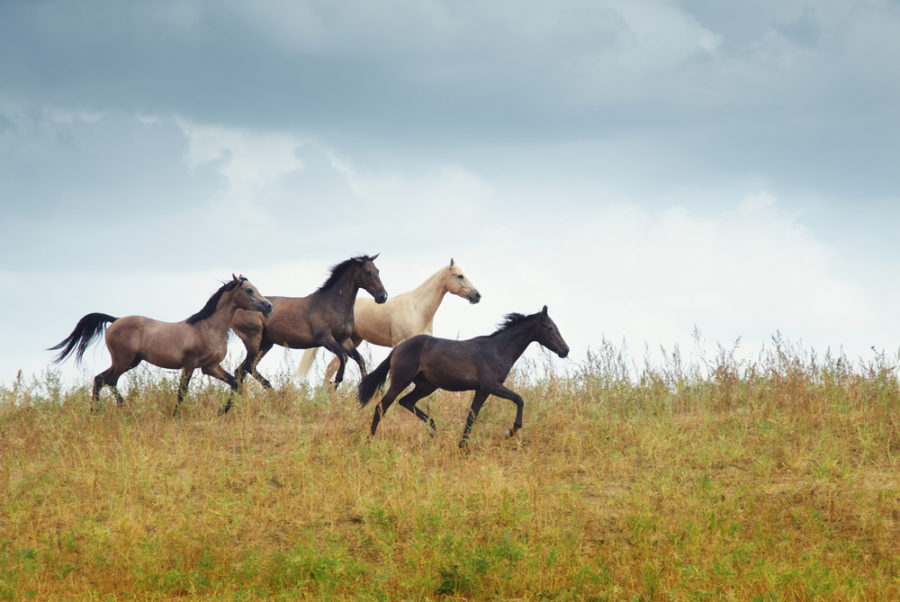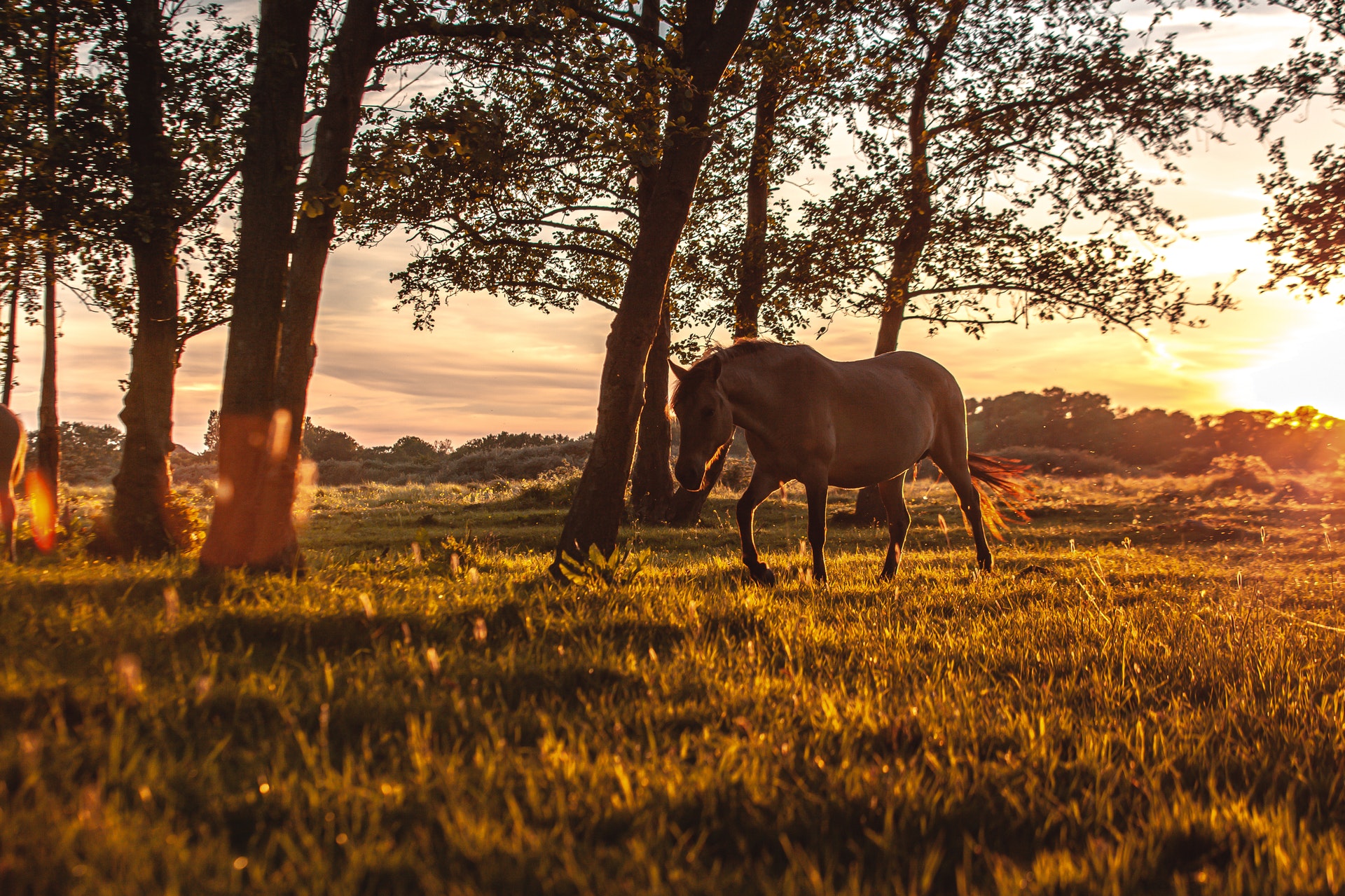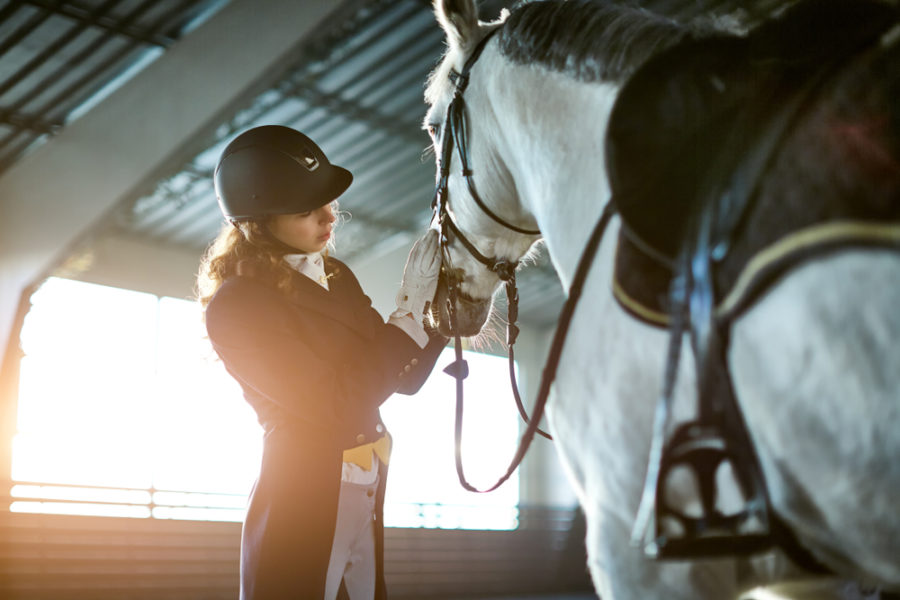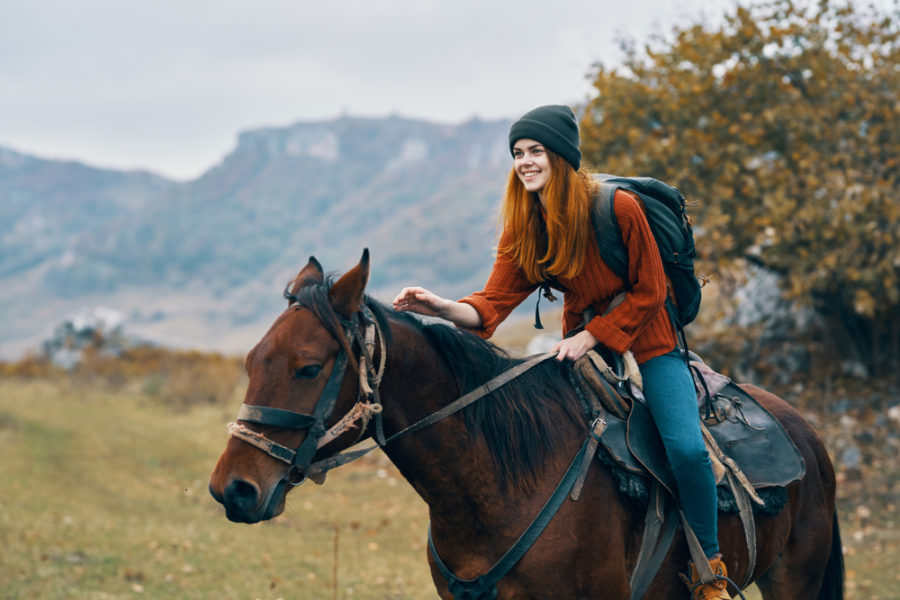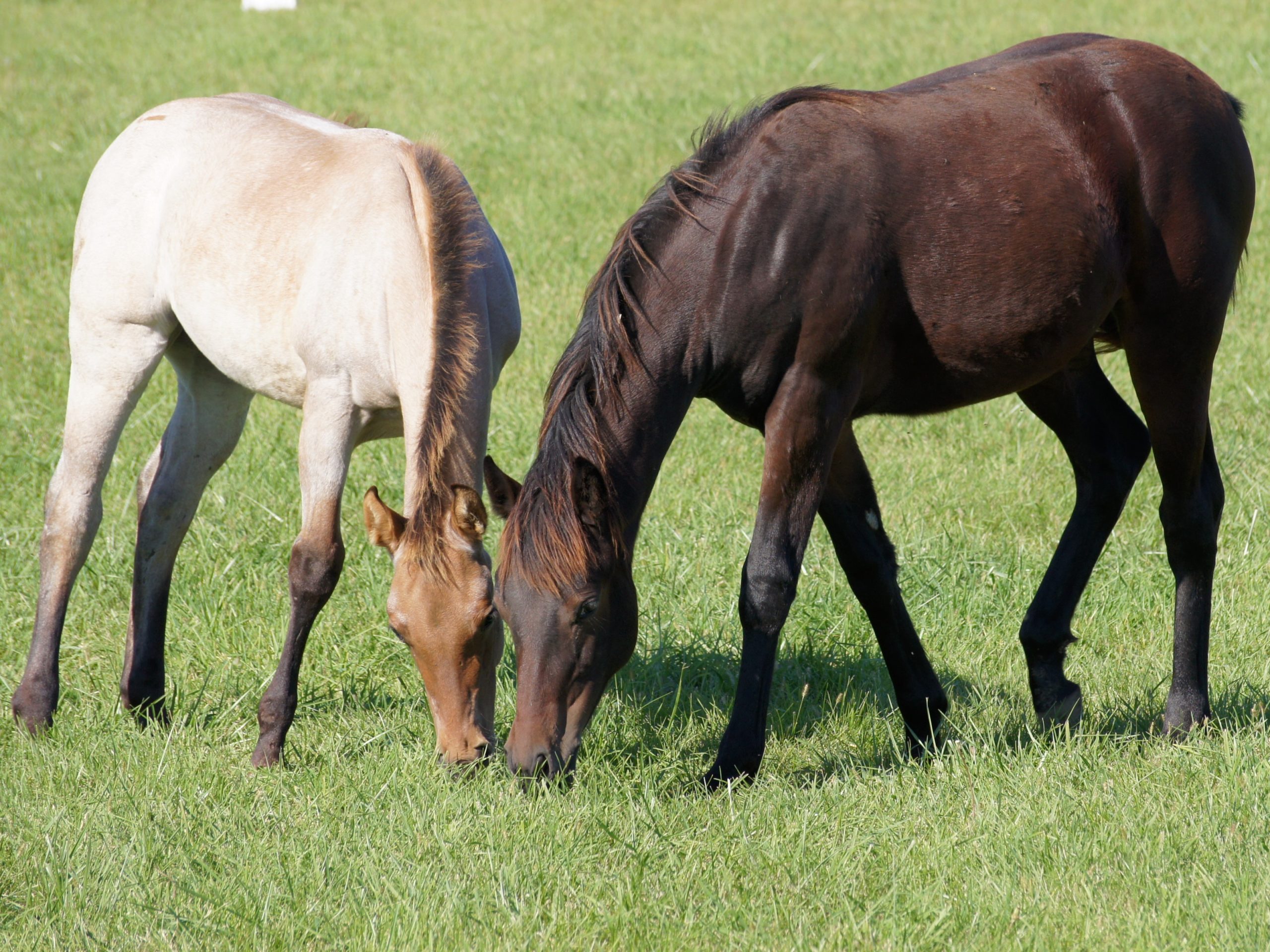Try as we may to keep our horses contained, accidents are inevitable. Here’s what to do if your equine companions escape.
The gate was left open, the fence damaged, or perhaps a stall latch broken. Regardless of the cause, there are horses on the loose and a speedy solution is critical! Not only is capturing escaped horses an inconvenience for the handler — it’s also a time when equine safety is very much at risk.
Keep calm
If the horses are near busy roads, it may be necessary to contact local police or emergency response authorities to block traffic. The main goal should be to keep the horses as calm as possible. This means speedy movement such as running and shouting should be avoided. Calmly use a cell phone or ask someone nearby to call for assistance.
Pick a point of safety
Next, quickly consider potential areas in which the horses can be contained. Is there an empty paddock, a riding arena, or a pasture that’s not in use? Open any gates that the horses might enter. Even if it’s not the ideal location, any decently fenced enclosure is much safer in the short term than having horses on the loose. Since escaped horses tend to wander around in search of food, there’s a good chance they will pass back through a gate.
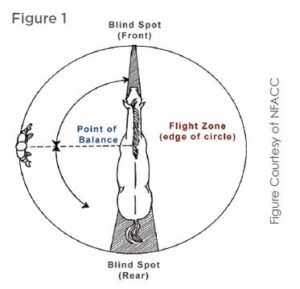 Circle up
Circle up
Once help has been called and a plan is in place, the horses should be quietly circled until handlers are on the side in which the horses must not travel. For example, people should line up to block access to any driveway or road that would exit the property. If the horses are not too agitated, they may show interest in food. One person can carefully lay out some type of encouragement (such as grain) inside the fenced area the horses are intended to enter. This person can try shaking a grain bucket to draw their attention.
 Herd your herd
Herd your herd
When horses cannot be enticed to enter a fenced area, then “herding” them into a safe environment becomes the next best option. To successfully herd animals, one must understand the concept of the animal’s flight zone. Picture a sheep dog that quietly approaches the flock. The sheep have a sort of “bubble” of personal space, also known as their “flight zone”. When the dog steps inside this bubble, the sheep retreat. The flight zone of an individual animal can vary significantly depending on temperament, training, and level of excitement at the time.
Herd animals will instinctually move away from an approaching “predator”, and this instinct can be used to push horses towards a safe space. The flight zone concept means that approaching a loose horse from the correct position should elicit movement (Figure 1). Handlers can line up and place themselves directly opposite the area into which the horses are supposed to enter, then calmly step forward until the horses begin walking in that direction. It’s best to slowly approach the animals until they turn and begin walking away. Moving too rapidly into the flight zone may encourage running, bucking, or other behaviors that endanger the safety of both horses and handlers. Understanding the need to stay calm can be challenging for helpers who are not familiar with handling livestock animals; children especially can become too excited, move too quickly, and accidentally cause a dangerous situation.
Once the horses successfully enter a fenced area, the closest person should quickly and carefully close the gate. Keep in mind that highly agitated horses may try to rush the opening once they realize they are caught.
 Allow time for rest
Allow time for rest
Assuming the confined area is safe, allow the horses a few moments of quiet in order to decompress. Equines that have been running loose tend to be on high alert, snorting and spooking at anything unusual. This behavior should decrease after a few minutes, allowing handlers to approach and halter the animals (see sidebar above).
Although catching escaped horses can seem overwhelming, rest assured that most situations are resolved quickly and safely. Luckily, with a little planning and a thorough understanding of the equine flight zone, handlers and horses alike are able to return safely home.

